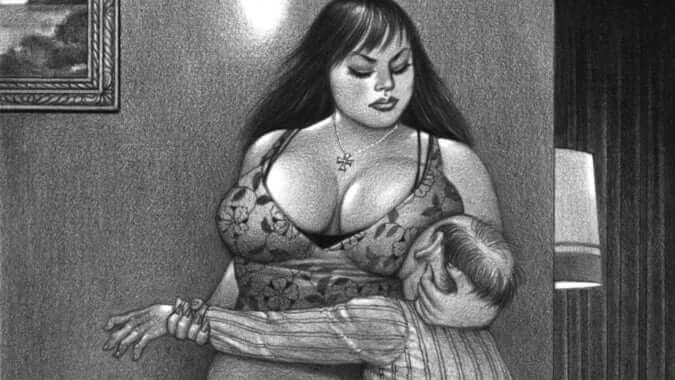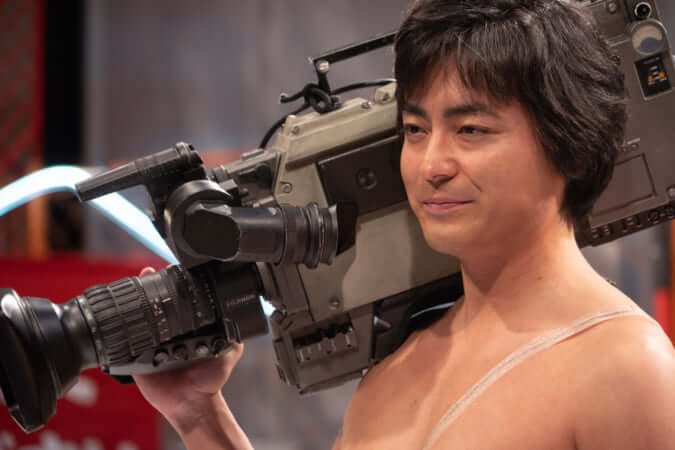‘Ghost in the Shell”s Two-Sided Architectural Universe
The sets for the classic anime film by Mamoru Oshii took inspiration from existing urban structures mixed with those from an imaginary, futuristic world.
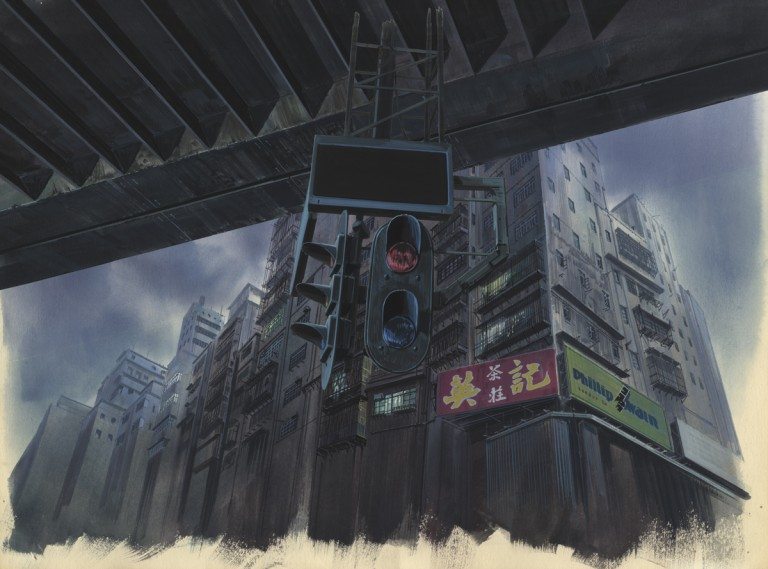
© Shirow Masamune, Kodansha, Bandai Visual, Manga Entertainment, Kodansha, IG and ITNDDTD.
With its architecture that floats between two worlds, sometimes brutalist with its concrete buildings covered in neon advertising signs, and other times futuristic with its streamlined skyscrapers whose glass walls stretch up to the clouds, the universe of the famous anime film Ghost in the Shell is almost a character in the story in its own right.
Ghost in the Shell was filmed in 1995 by Mamoru Oshii, and adapted from the manga of the same name, released in 1989 by Masamune Shirow. The viewer follows two cyborgs working in the anti-terrorist government unit in New Port City in Japan, who are thrust into 2029.
Thus, the viewer plunges into a world where the city, expanding vertically, seems to swallow up the few traditional wooden houses that had managed to survive, and where the residents seem to be submerged in the immensity of the metropolis, the constant stream of information, and the surrounding noise. This impression is accentuated by the film sets, designed by the film’s artistic director Hiromasa Ogura.
Hong Kong as a main source of inspiration
In Ghost in the Shell, he wished to combine two distinct universes but in such a way that they would intermesh perfectly on screen: an existing city and an imaginary city. Hong Kong and particularly Kowloon Walled City were the ‘real’ inspiration for the film. Thus, the artistic director visited the city-state several times to photograph this citadel, a city within the city, where the black market was king, prior to its demolition in 1994. For the imaginary city, illustrator Takashi Watabe created the futuristic urban environment in its entirety. The two were then combined in sketches before being laid out prior to filming, in a coherent universe.
All the sets and backdrops for Ghost in the Shell were created entirely by hand as technical drawings or watercolours, allowing for greater attention to detail. The film has become a global reference in Japanese pop culture, and was adapted into an action film in 2017 by Rupert Sanders, starring Scarlett Johansson and Takeshi Kitano.
Ghost in the Shell (1995), a film by Mamoru Oshii, is available on VOD.
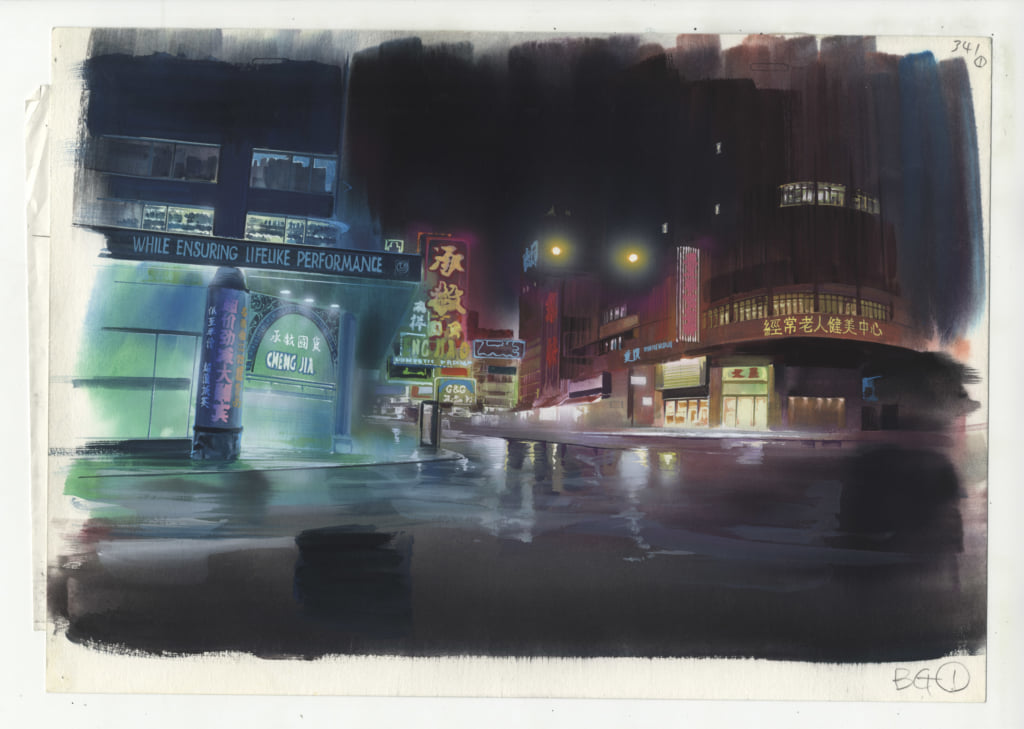
© Shirow Masamune, Kodansha, Bandai Visual, Manga Entertainment, Kodansha, IG and ITNDDTD.
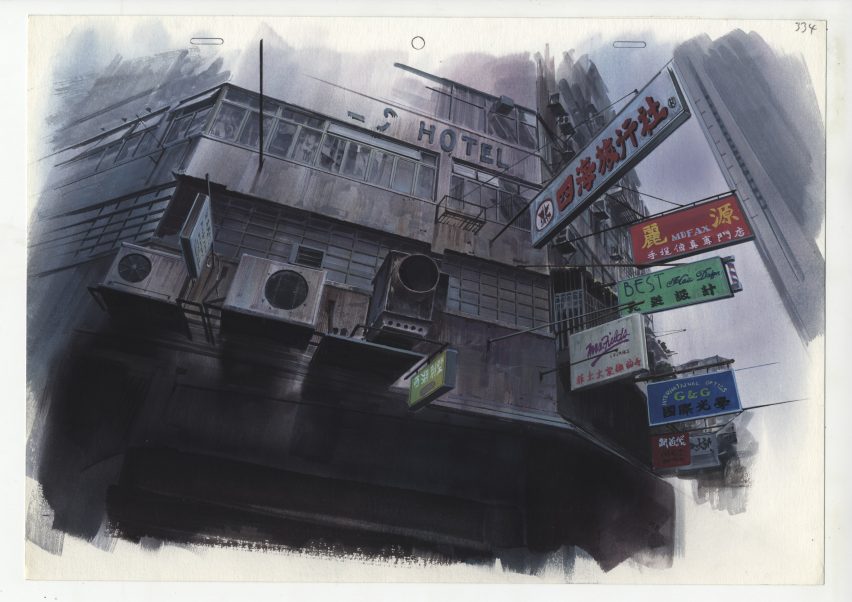
© Shirow Masamune, Kodansha, Bandai Visual, Manga Entertainment, Kodansha, IG and ITNDDTD.
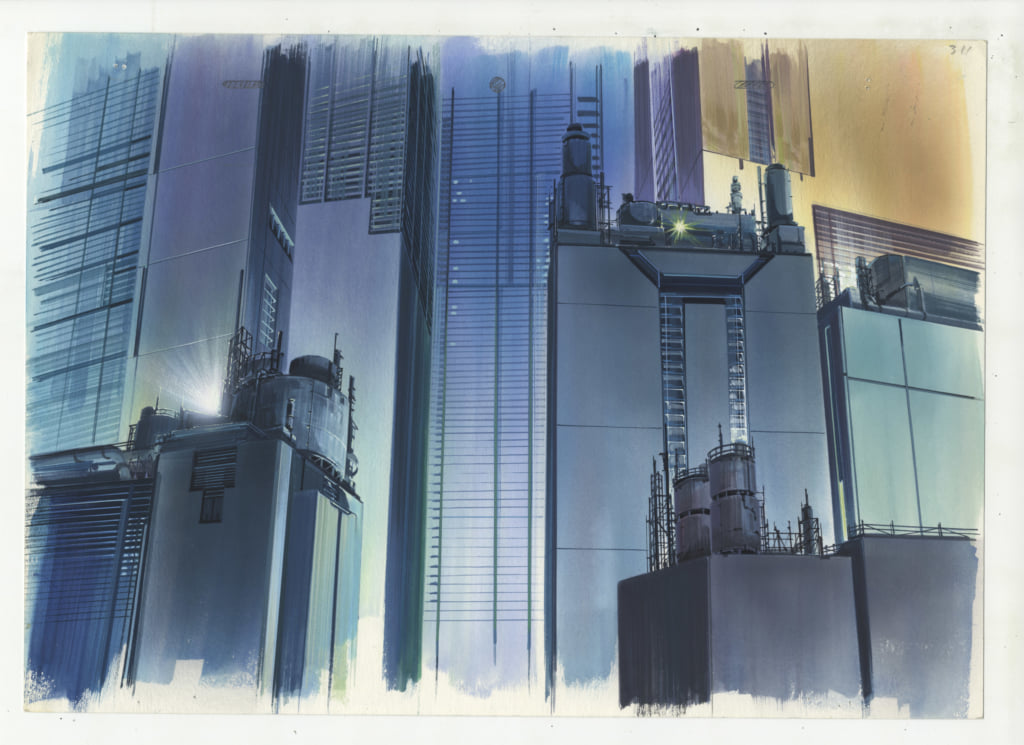
© Shirow Masamune, Kodansha, Bandai Visual, Manga Entertainment, Kodansha, IG and ITNDDTD.
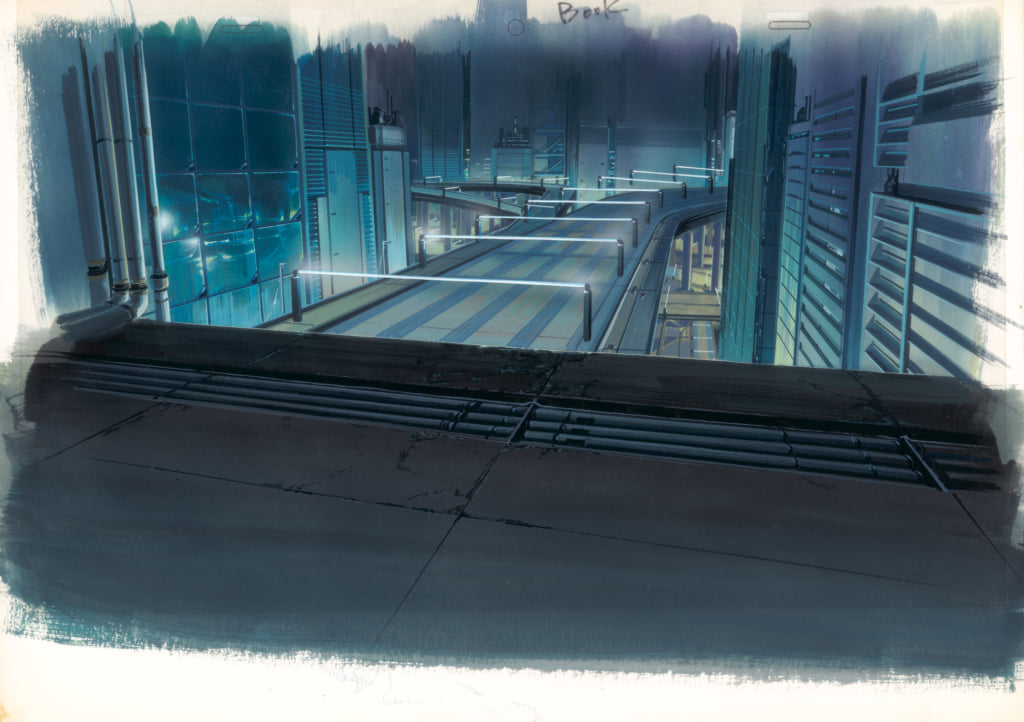
© Shirow Masamune, Kodansha, Bandai Visual, Manga Entertainment, Kodansha, IG and ITNDDTD.
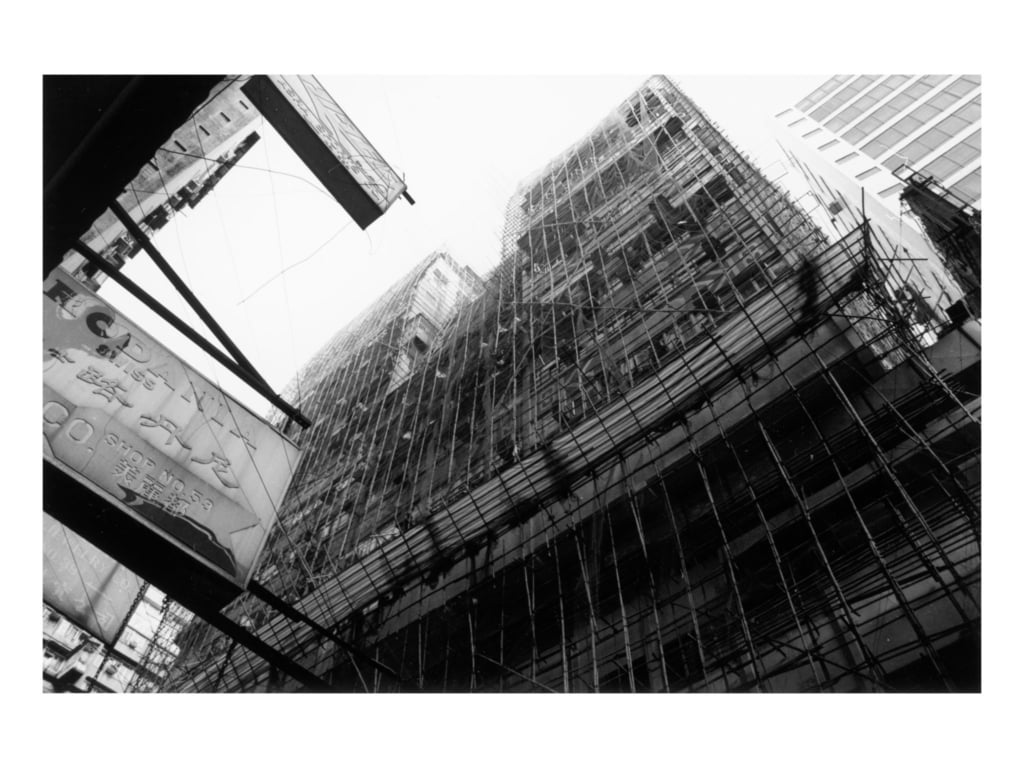
© Shirow Masamune, Kodansha, Bandai Visual, Manga Entertainment, Kodansha, IG and ITNDDTD.
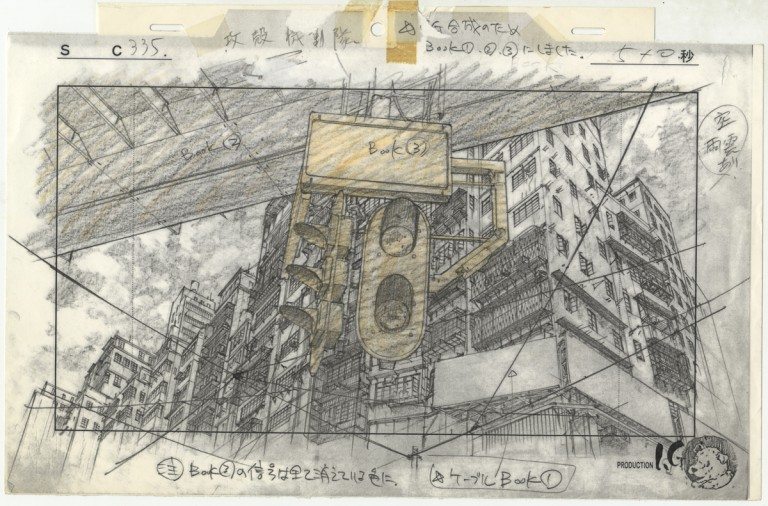
© Shirow Masamune, Kodansha, Bandai Visual, Manga Entertainment, Kodansha, IG and ITNDDTD.
TRENDING
-
Ishiuchi Miyako, A Singular Perspective on Women
Recipient of the 2024 Women in Motion Award, the photographer creates intimate portraits of women through the objects they left behind.

-
Recipe for Ichiraku Ramen from ‘Naruto’ by Danielle Baghernejad
Taken from the popular manga with the character of the same name who loves ramen, this dish is named after the hero's favourite restaurant.

-
Namio Harukawa, Master of Japanese SM Art
'Garden of Domina' offers a dive into the world of an icon of ‘oshiri’, whose work has now reached a global audience.

-
The Tattoos that Marked the Criminals of the Edo Period
Traditional tattoos were strong signifiers; murderers had head tattoos, while theft might result in an arm tattoo.

-
The Emperor of Japanese Porn is Now the Star of a Netflix Series
Deliciously funny, The Naked Director especially succeeds in reviving the atmosphere that was so characteristic of 1980s Japan.



